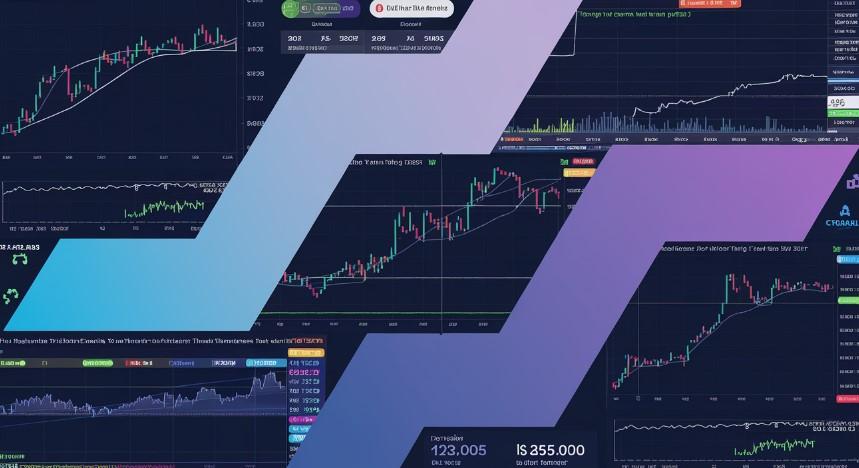Jumping into live trading without practice is like stepping onto a battlefield without training. This is why every new (and even experienced) trader should use paper trading as a strategic tool. In this article, we'll break down what paper trading is, how it works, and why it's essential for mastering the markets.
We'll also compare trading futures vs options—two popular but very different derivatives—and explain how paper trading helps you decide which is right for you.
🧠 What is Paper Trading?
Paper trading is a simulated trading environment where you place trades using virtual money. It mimics real market conditions—prices, volatility, and order execution—without any financial risk.
Whether you're trading stocks, futures, or options, paper trading lets you test strategies, learn market behavior, and build discipline before putting real money on the line.
✅ Benefits of Paper Trading
1. Risk-Free Practice
Learn from mistakes without losing capital.
2. Strategy Testing
Test new setups, indicators, or timeframes in real-market scenarios.
3. Platform Familiarity
Get comfortable using trading software like Thinkorswim, NinjaTrader, or TradingView.
4. Build Emotional Discipline
Even simulated trading exposes you to fear, greed, and hesitation—good practice for the real deal.
📊 Where to Start Paper Trading
Here are some of the best paper trading platforms:
| Platform | Asset Support | Best For |
|---|---|---|
| Thinkorswim | Stocks, futures, options | U.S. traders |
| TradingView | Stocks, crypto, forex | Chart-focused traders |
| NinjaTrader | Futures | Futures beginners/pros |
| Webull | Stocks, ETFs | Beginner investors |
💡 Pro Tip: Always treat paper trading like real trading—track your results, use stop-losses, and manage your risk.
🔄 Trading Futures vs Options: What's the Difference?
If you're using paper trading to learn, you’ve probably asked: “Should I focus on futures or options?”
Here’s a head-to-head comparison to help you decide:
📉 1. Underlying Structure
| Futures | Options |
|---|---|
| Contract to buy/sell an asset at a set price and date | Right (but not obligation) to buy/sell at a set price |
| Linear price movement | Non-linear price movement |
| More direct and simple | More complex due to Greeks (delta, theta, etc.) |
💵 2. Cost and Leverage
| Futures | Options |
|---|---|
| Lower cost to enter (margin-based) | Premium cost upfront (non-refundable) |
| Offers built-in leverage | Leverage depends on option structure |
| Higher risk of loss | Defined risk when buying options |
⏱️ 3. Time Sensitivity
-
Futures: No time decay. Value is tied to the price movement of the asset.
-
Options: Time-sensitive. Option value decreases (theta decay) as expiration nears.
🛠️ 4. Trading Strategy Style
| Futures | Options |
|---|---|
| Better for short-term day traders | Better for income strategies and hedging |
| Simpler pricing | Complex pricing but flexible strategies |
🧪 5. Paper Trading Use Case
-
Paper Trading Futures: Great for learning chart patterns, leverage, market timing.
-
Paper Trading Options: Ideal for understanding options chains, Greeks, and strategy complexity (spreads, straddles, etc.).
🧠 Which is Better for You?
| You Prefer... | Try This First |
|---|---|
| Fast-paced, high-risk trading | Futures Trading |
| Hedging or limited-risk strategies | Options Trading |
| Simpler learning curve | Futures (micro contracts) |
| Complex strategies (covered calls, spreads) | Options |
Use paper trading to explore both—then go live once you're consistently profitable.
🚀 Tips to Maximize Your Paper Trading Experience
-
Use a Journal: Log trades, reasons for entry/exit, and results.
-
Test One Strategy at a Time: Don’t mix signals—stay focused.
-
Set Realistic Goals: Avoid "fantasy trading" by simulating real position sizes.
-
Simulate All Market Conditions: Trade trending, choppy, and volatile markets.
🎯 Final Thoughts
Paper trading is a powerful tool for every trader—whether you’re learning the basics, switching asset classes, or refining a strategy. It removes the financial pressure and lets you focus on skills and decision-making.
And when it comes to choosing between trading futures vs options, the best way to decide is by testing both in a risk-free environment. With paper trading, you can explore the complexity of options or the intensity of futures without any fear of loss.
So, set up your simulator, pick a strategy, and start practicing. The best traders in the world didn’t get there overnight—they got there through practice.

